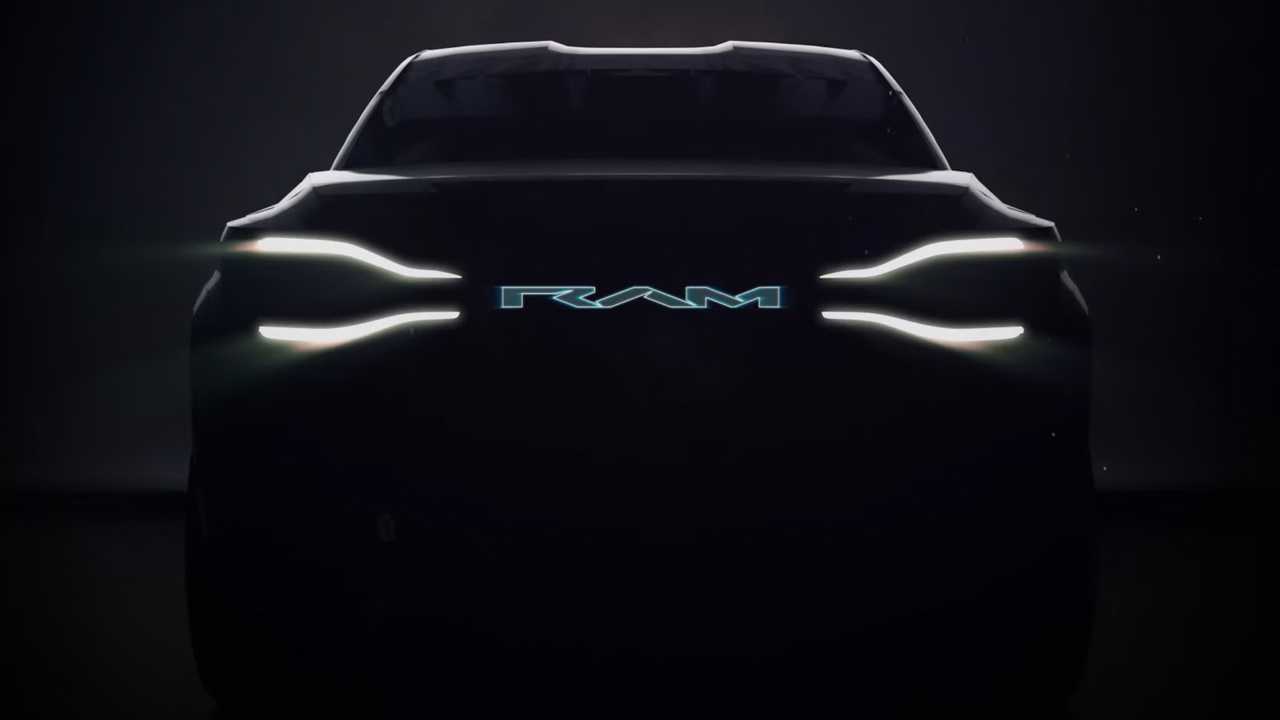Lewis Hamilton Criticizes Mercedes’ Strategy in Japanese Grand Prix Battle with George Russell
The debate over team orders and DRS strategy heats up as Hamilton questions Mercedes' decisions at Suzuka.
In the intense heat of the Japanese Grand Prix at Suzuka, a strategic twist in the Mercedes camp left Lewis Hamilton questioning the team’s tactics. It was a race that saw Hamilton on fresher rubber, eager to pull clear of his teammate, George Russell. However, as events unfolded, the decision not to let Hamilton pass Russell, despite the tire advantage, raised eyebrows and stirred controversy.
In the closing stages of the race, George Russell defended a commendable fifth place, just ahead of the reigning champion, Lewis Hamilton. Meanwhile, a rapidly approaching Ferrari, driven by Carlos Sainz, added an extra layer of intrigue to the situation. Hamilton had the edge, having pitted twice compared to Russell’s single stop, which meant he was equipped with fresher tires.
Despite this apparent advantage, there was no immediate directive from the Mercedes pit wall to allow Hamilton to overtake his teammate. The lack of urgency baffled Hamilton, who was keen to push ahead and create a substantial gap. However, as Ferrari loomed closer, Mercedes finally issued the instruction for Russell to move aside.
The twist in this tale came when Hamilton did overtake Russell. Rather unexpectedly, he was then instructed by the team to slow down and ensure Russell stayed within the DRS (Drag Reduction System) range. The rationale behind this puzzling decision was to prevent Carlos Sainz, driving the charging Ferrari, from exploiting the DRS advantage on the straights.
Hamilton, however, was far from convinced about the wisdom of this strategy. He voiced his frustration, emphasizing that it hindered his ability to break away and establish a comfortable lead. In his own words, he told Motorsport.com:
“I don’t think that was a good idea at all.
“When they suggested it to me, I knew that they had obviously thought of it from the last race, and it made no sense.”
“To clear the air, Mercedes’ trackside engineering director Andrew Shovlin added that the DRS strategy was made with the sole objective of protecting Hamilton’s position from the Ferrari. He clarified:
“The two Mercedes drivers battled closely in the initial stages of the race but with the team sensing a wheel contact, they changed strategies immediately. Russell made just a single stop as his tire degradation was within the extreme limit, while Hamilton went with a safer two-stop strategy.
When asked if the DRS strategy was linked to the battle between the two drivers, Shovlin denied saying:
“It is quite difficult to organise the cars live.
“When we decided to switch them, it was more when we saw how quick Carlos was coming in behind them, and that Lewis in the middle could have been at risk who was old tyres as well.
“Maybe it could have worked out better, but the thing is we were trying to protect against Lewis losing that position as well, as he was the one most likely to finish ahead of Carlos.”
“In the high-stakes world of Formula 1, decisions like these can make or break a race. As Suzuka bore witness to a tactical tussle within the Mercedes team, the debate over whether the strategy was right or wrong will likely continue long after the heat of the Japanese Grand Prix has subsided.”
“No, not really. Because in terms of what the team’s doing, we’re trying to score points against Ferrari, certainly in a race like this.
“Once we realised that we’re not challenging McLaren for a podium, we’re looking at what’s going on with Ferrari.
“We were trying to use the two cars effectively to give us those opportunities, and being able to get one of them was useful damage limitation given that they both started ahead of us in the race.”




